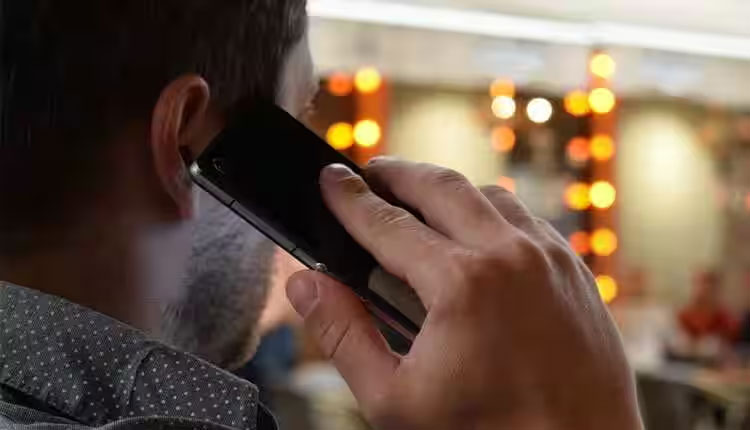New Delhi: As cybercrime continues to surge globally, the Telecom Regulatory Authority of India (TRAI) proposed a plan aimed at curbing this threat by displaying caller names alongside phone numbers. However, the implementation of this plan has hit a roadblock, primarily due to technical constraints associated with the outdated 2G networks operated by BSNL and Vodafone Idea.
TRAI’s initiative was part of a broader strategy to combat the growing menace of fake calls and related cybercrimes. The proposal was designed to increase transparency and help consumers identify potential cyber threats by revealing the identity of callers. While work on this plan had commenced, it is currently facing delays as it encounters resistance from telecom companies still reliant on older network infrastructure.
Both BSNL and Vodafone Idea continue to use legacy 2G network switches, which are incapable of supporting the technology needed to display caller names along with phone numbers. This technical limitation has stalled the rollout of TRAI’s plan. Additionally, other telecom companies have expressed reluctance to launch the service in a fragmented manner, preferring a more comprehensive rollout.
Despite these challenges, TRAI had initiated the Proof of Concept (PoC) phase for the plan, starting trials in Maharashtra and Haryana. The regulatory body stressed the urgency of addressing the cybercrime issue and had given telecom companies strict directives to combat fake calls. TRAI had also warned that companies failing to comply with these measures would face penalties, including temporary blacklisting.
In a bid to protect consumers, TRAI had issued a stern message, stating that strict action would be taken against those misusing personal information. Connections found to be involved in such activities would be terminated as part of the crackdown.
As it stands, the delay in implementing TRAI’s plan is a significant setback in the fight against cybercrime. The authority continues to push for the full deployment of the caller identification scheme, but the technical challenges posed by older network systems remain a major hurdle. The situation underscores the need for modernization within the telecom sector to better protect consumers in the digital age.



Comments are closed.